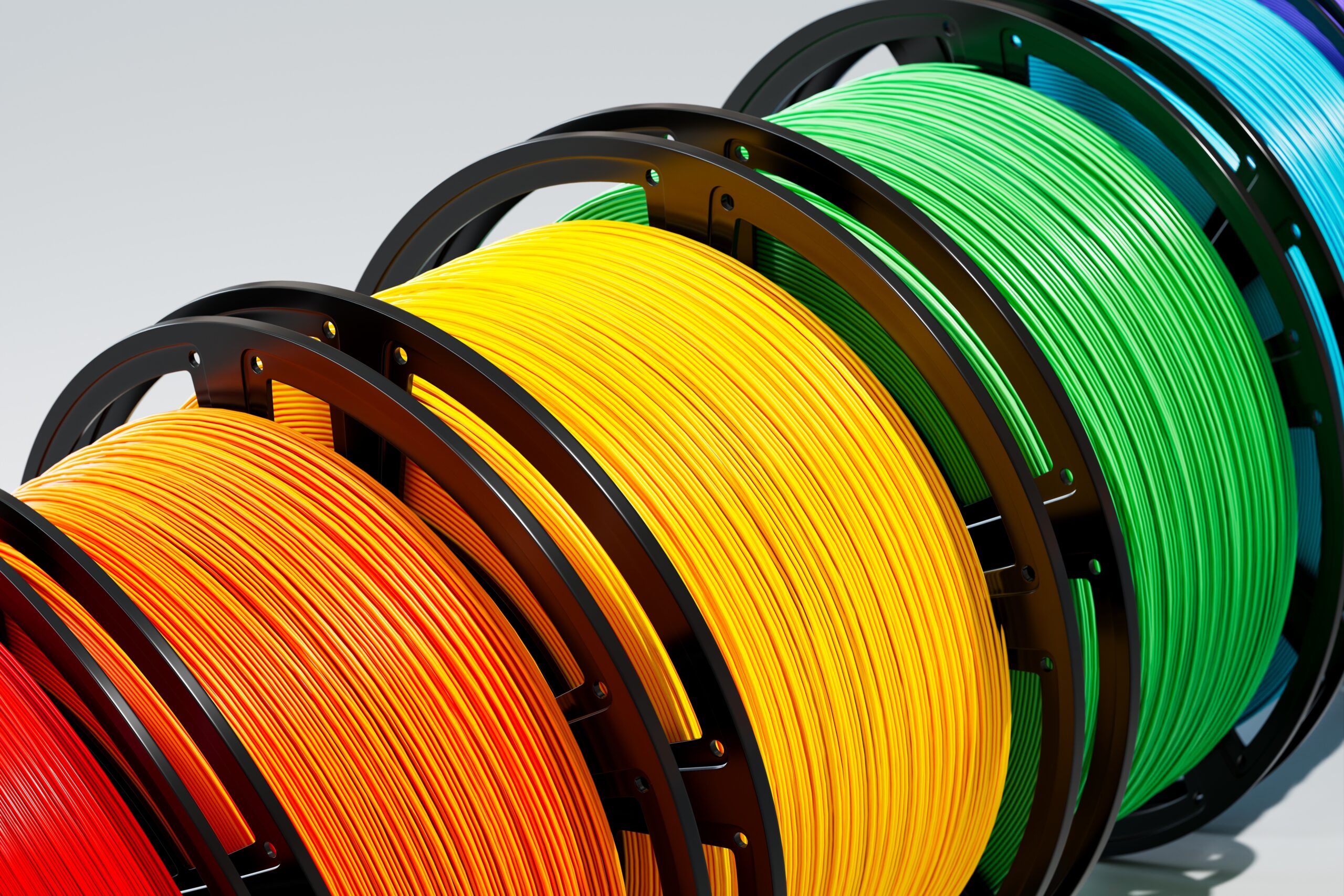As sealing on industrial floors, and in epoxy coatings with high solid content
- Excellent coating
- Its viscosity makes it easy to handle
- Good performance per coat applied
- Excellent shine
Two-Component System x 28.0 Kg
Resin Pail x 20 Kg
Bucket Hardener x 8.0 Kg
FLOORING APPLICATION GUIDE
Proper application of epoxy floors is essential to ensure durability and performance. The following guide provides detailed instructions, from surface preparation to the curing process, ensuring a high-quality result.
1. SURFACE PREPARATION:
Before applying the epoxy material, it is crucial to perform a thorough inspection of the area. Common items to identify include dirty surfaces, traces of cement mix, cracks, fissures, imperfections or non-porous areas. To address these items:
- Cleaning the area: Use water and detergent to clean the surface (the floor must be dried with a maximum humidity of 4%), otherwise use industrial ethyl alcohol. Avoid acids that may react with the chemical components of cement. In case of stubborn dirt, the use of a steel brush and ethyl alcohol is recommended. Wait for the floor to be dry to continue the process.
- Removing traces of cement mixture: Use a spatula to leave the surface smooth and free of dust.
- Repair cracks and fissures: Use materials to fill cracks and joints. Mix properly, apply in coats and sand after drying.
- Correction of imperfections and non-porous areas: Depending on the nature, perform corrections and scarification for non-porous areas. It is important to ensure adequate surface preparation so that there is good adhesion between the substrate and the epoxy system.
2. MIXING OF THE PRODUCT TO BE APPLIED:
Follow the recommendations provided in the technical sheet for the correct mixing of the resin and catalyst. Do not alter the mixing proportion nor use solvents in the application. Use a low speed mixer, it is important to mix for at least 4 minutes and use these types of tools to guarantee a homogeneous mixture.
3. PREPARATION OF THE AREA TO RECEIVE THE EPOXY:
Delimit the application area, ensure that it is separated from other processes to avoid cross contamination.
4. PRIMER APPLICATION:
Apply a coat of primer; you can use any of our epoxy primers for this purpose according to your need. Make sure the surface completely absorbs the primer.
5. APPLICATION OF THE EPOXY MIXTURE IN THE AREA:
Pour the epoxy system and spread it with an epoxy roller, squeegee, trowel or squeegee with gauges. The squeegee is recommended to ensure proper thickness for the intended use of the floor.
6. USE OF SPIKE ROLLER:
If necessary, before you cure the floor use a spike roller to remove bubbles and trapped gases. Use polypropylene shoes with spikes to avoid contamination.
7. ENSURE CURING OF THE MATERIAL:
Keep in mind that epoxy systems require a curing process to achieve final properties; use or cleaning of the area in shorter times may affect the finish and performance of the installed material.
8. SAFETY CONSIDERATIONS:
During the whole process, wear personal protective equipment such as latex gloves, boots, a solvent mask, and protective glasses.
LEGAL NOTES
The information, and in particular the recommendations related to the application and final use of the products, provided in this guide are in good faith, based on Colquímicos’ current knowledge and experience on the products that have been properly stored, handled and applied under normal conditions in accordance with the material recommendations. In practice, the differences in the materials, substrates and actual conditions of the works are such that no warranty with respect to merchantability or fitness for a particular purpose, nor liability arising from any type of legal relationship, can be inferred either from this information or any written recommendation or other advice offered. The user of the product must prove the suitability of the product for the desired application and purposes. Colquímicos reserves the right to change the properties of the products.
Download Technical Data Sheet (available only in Spanish)




